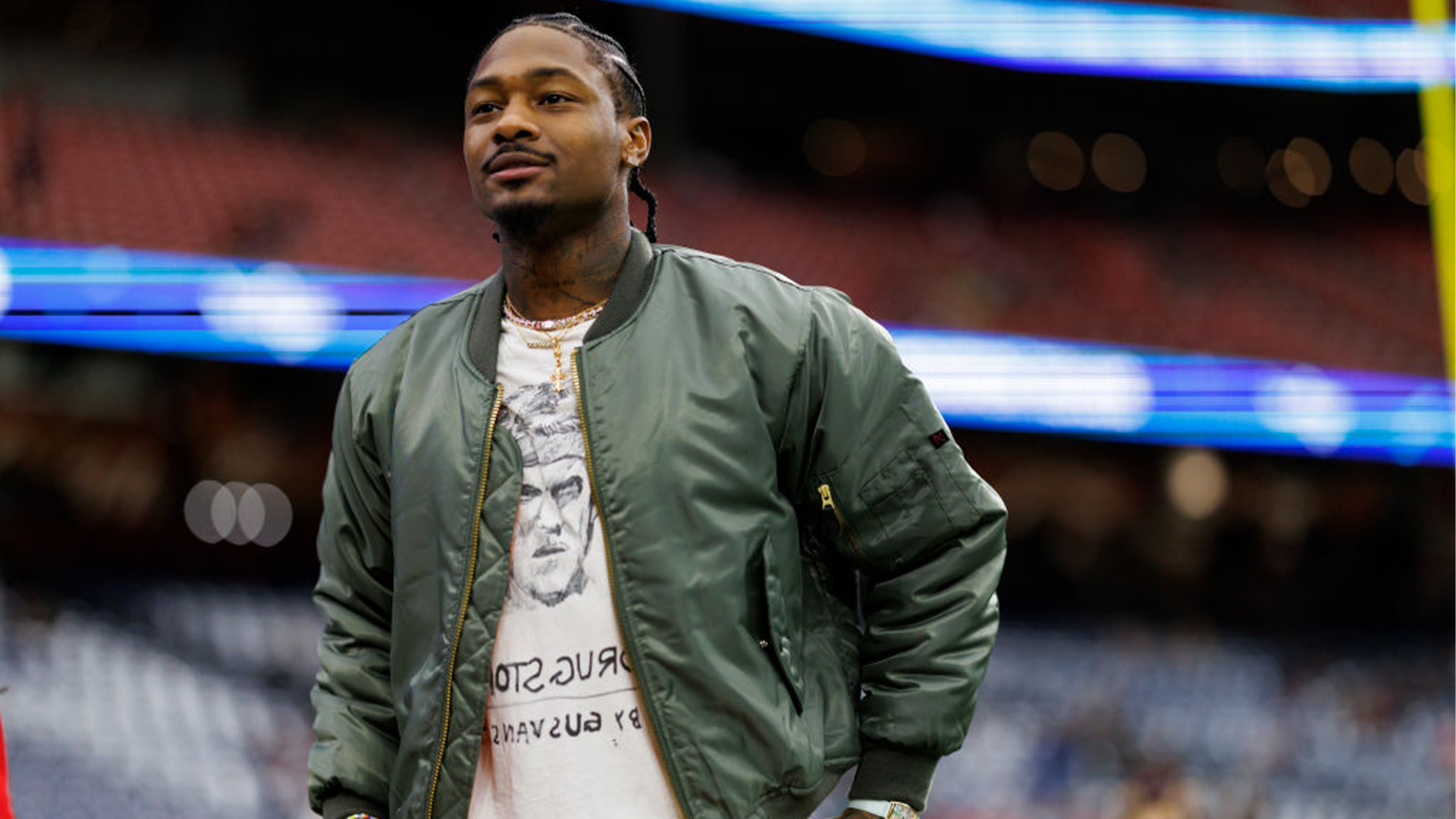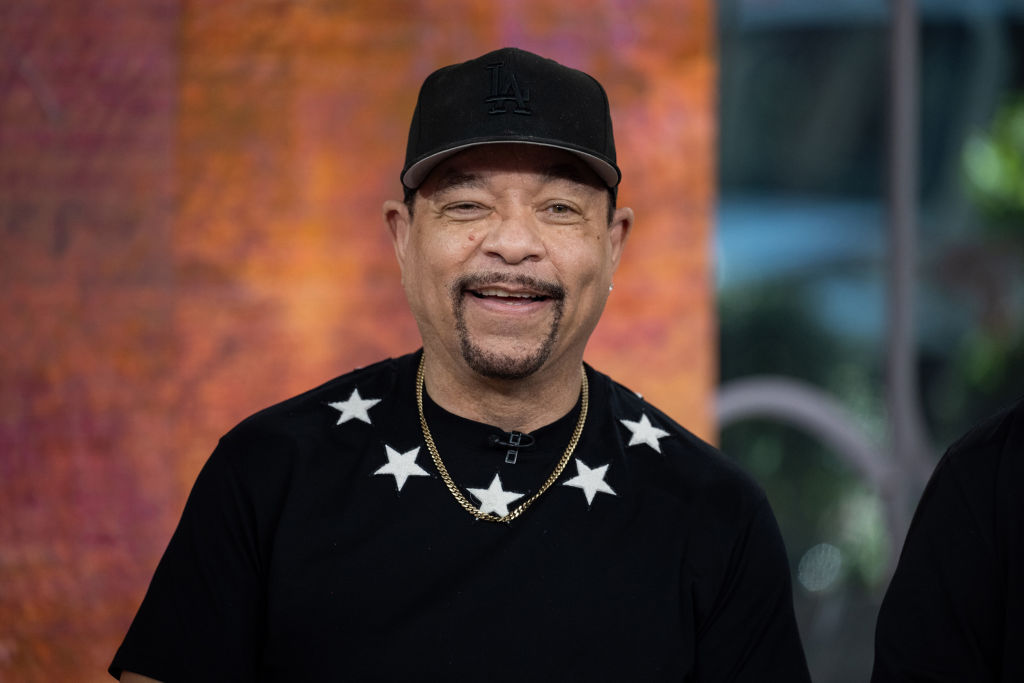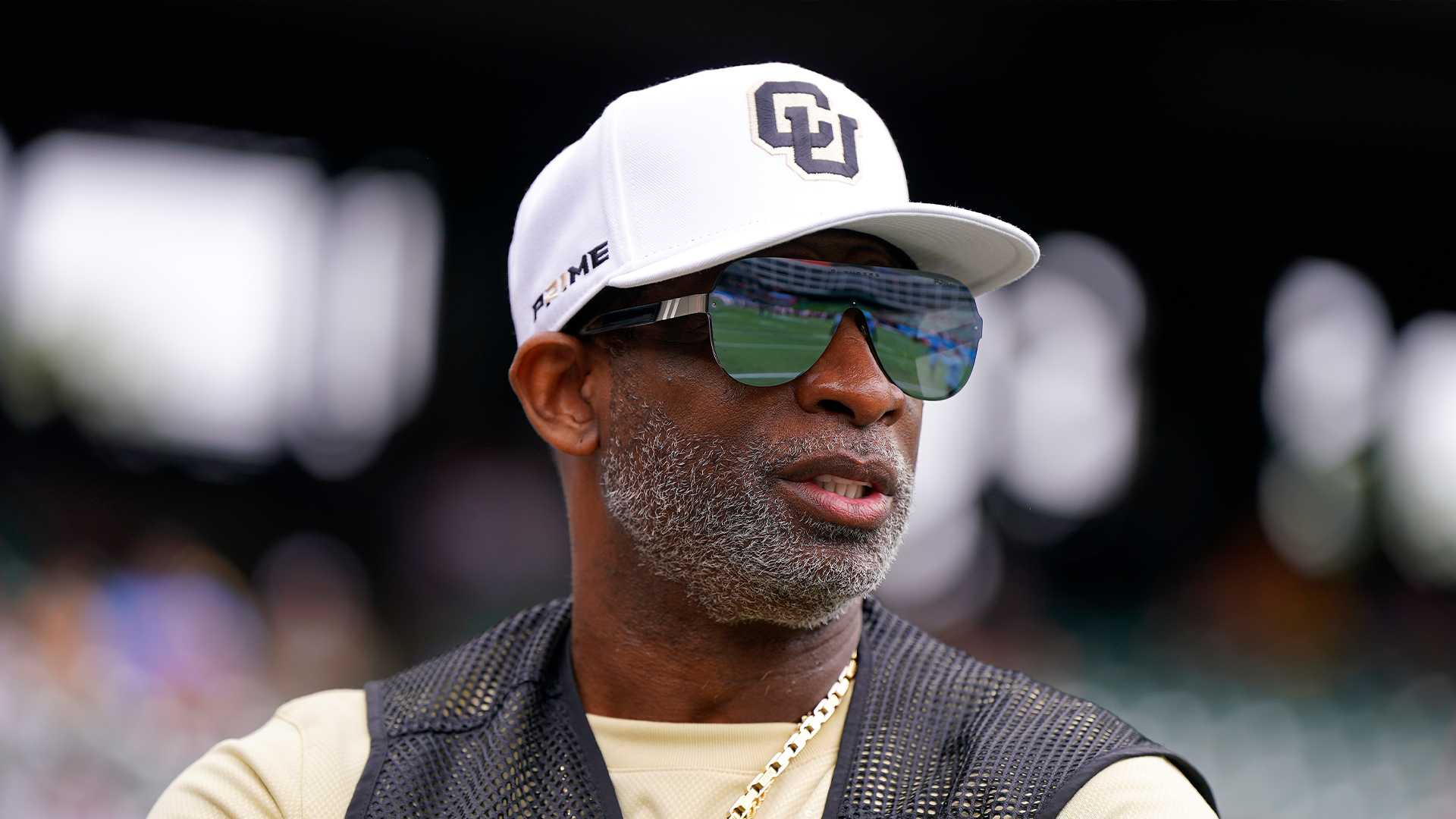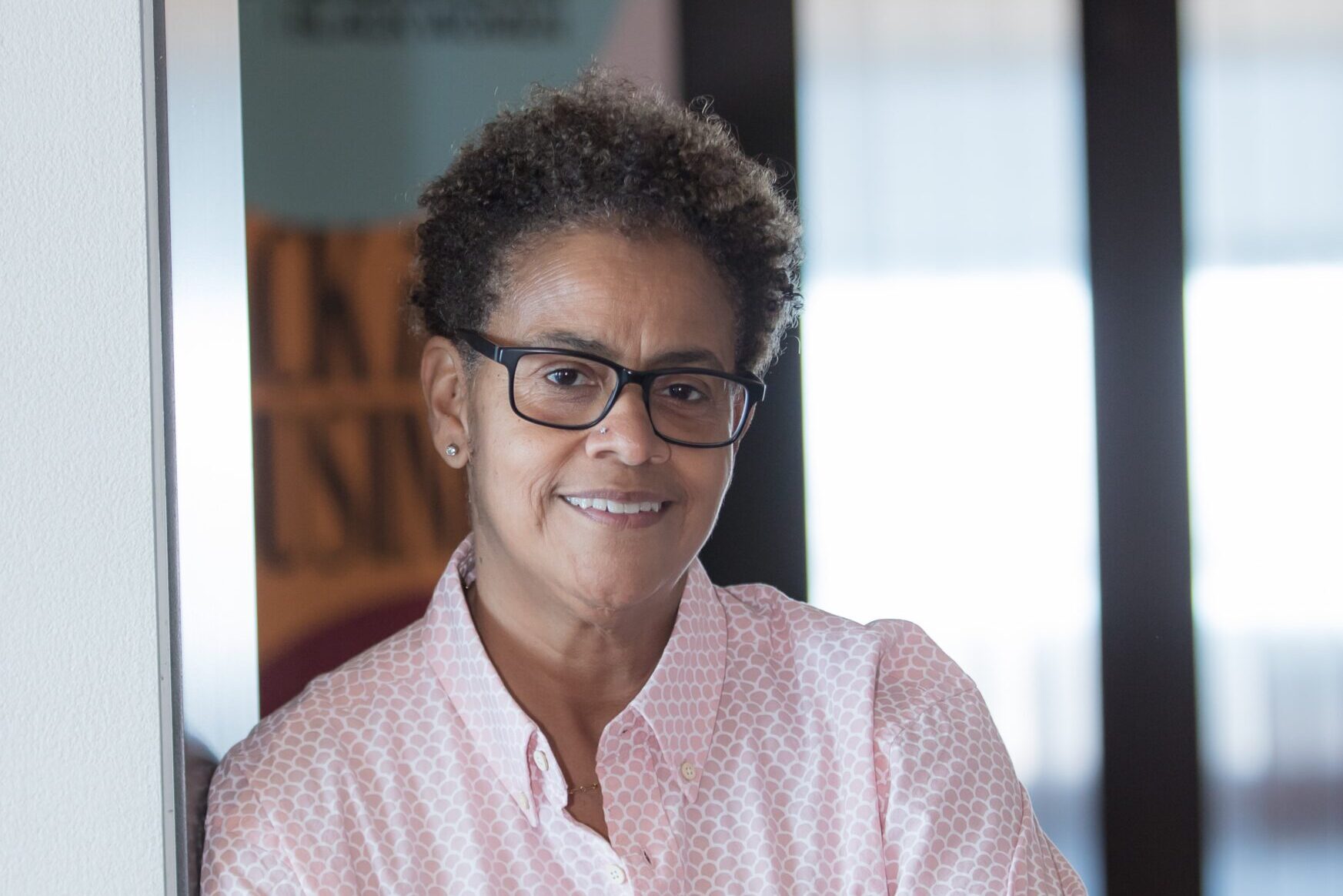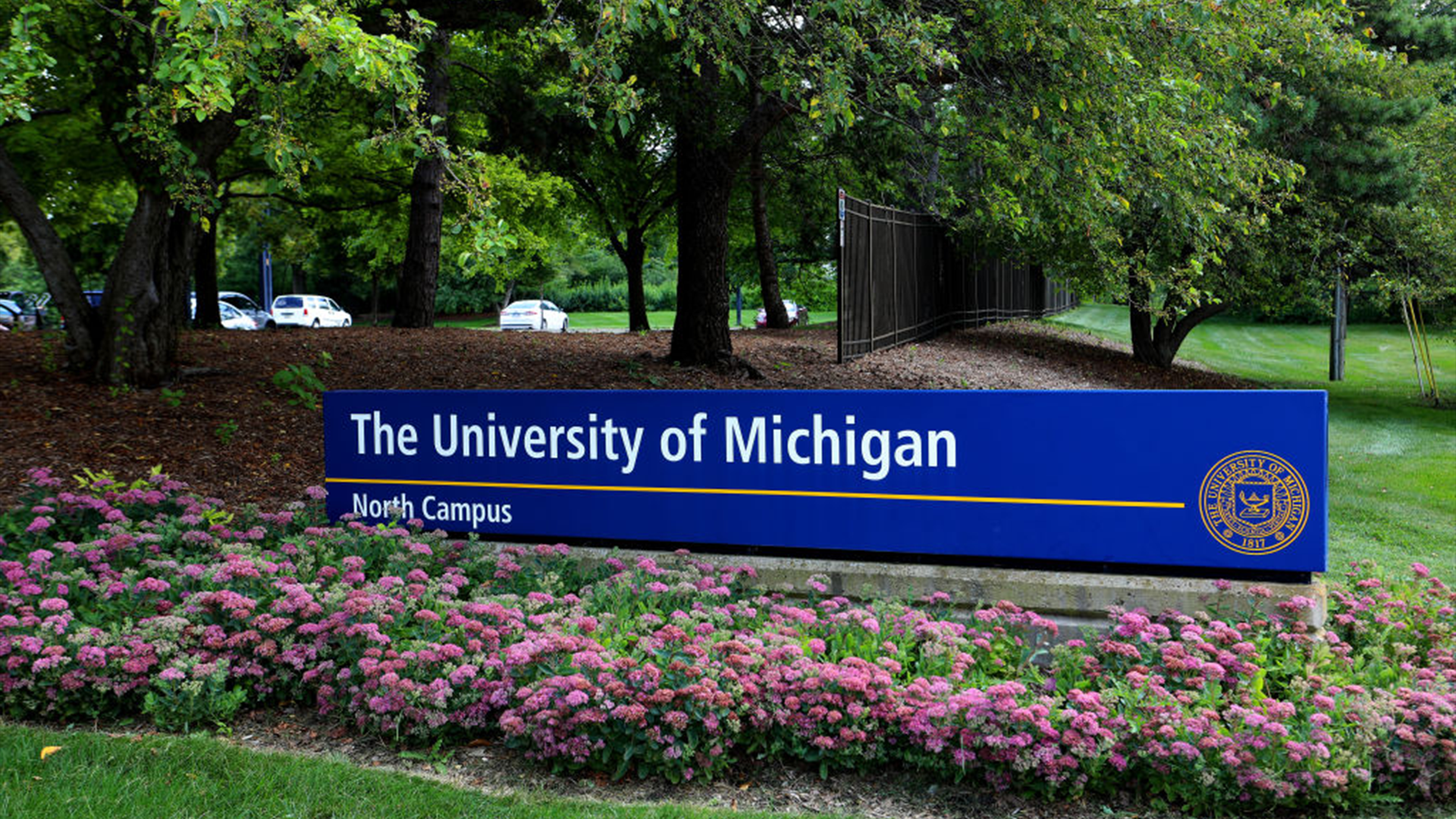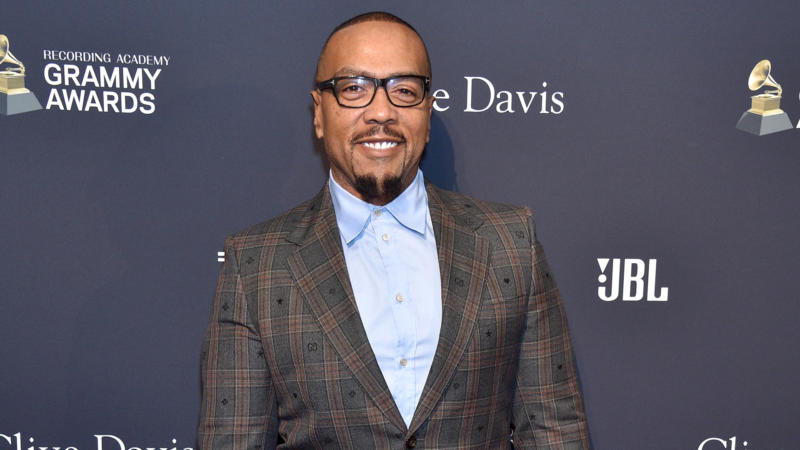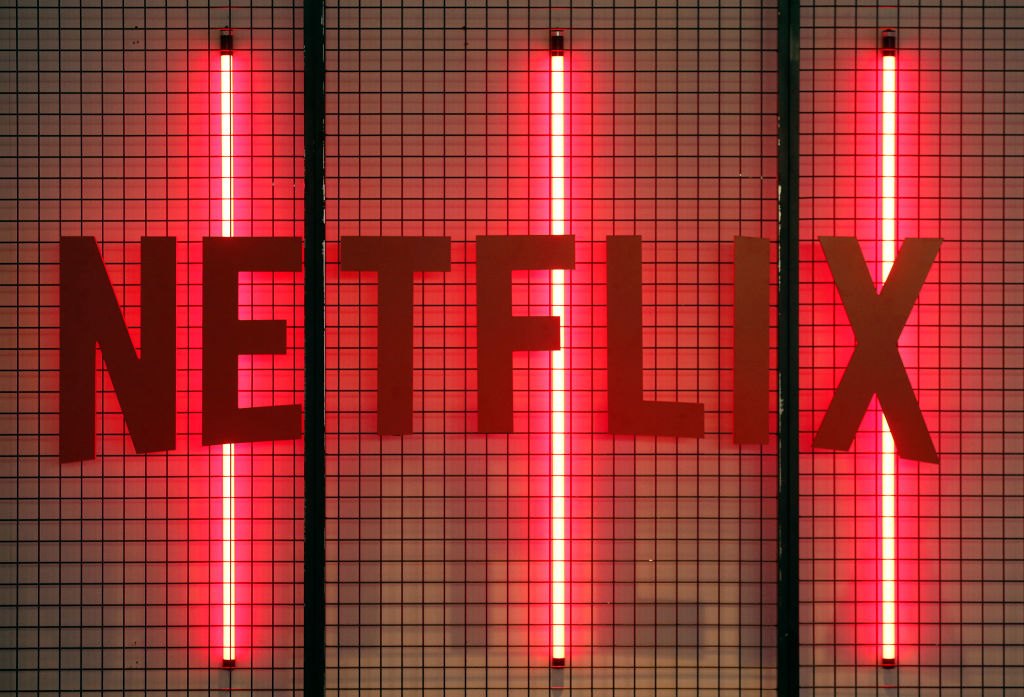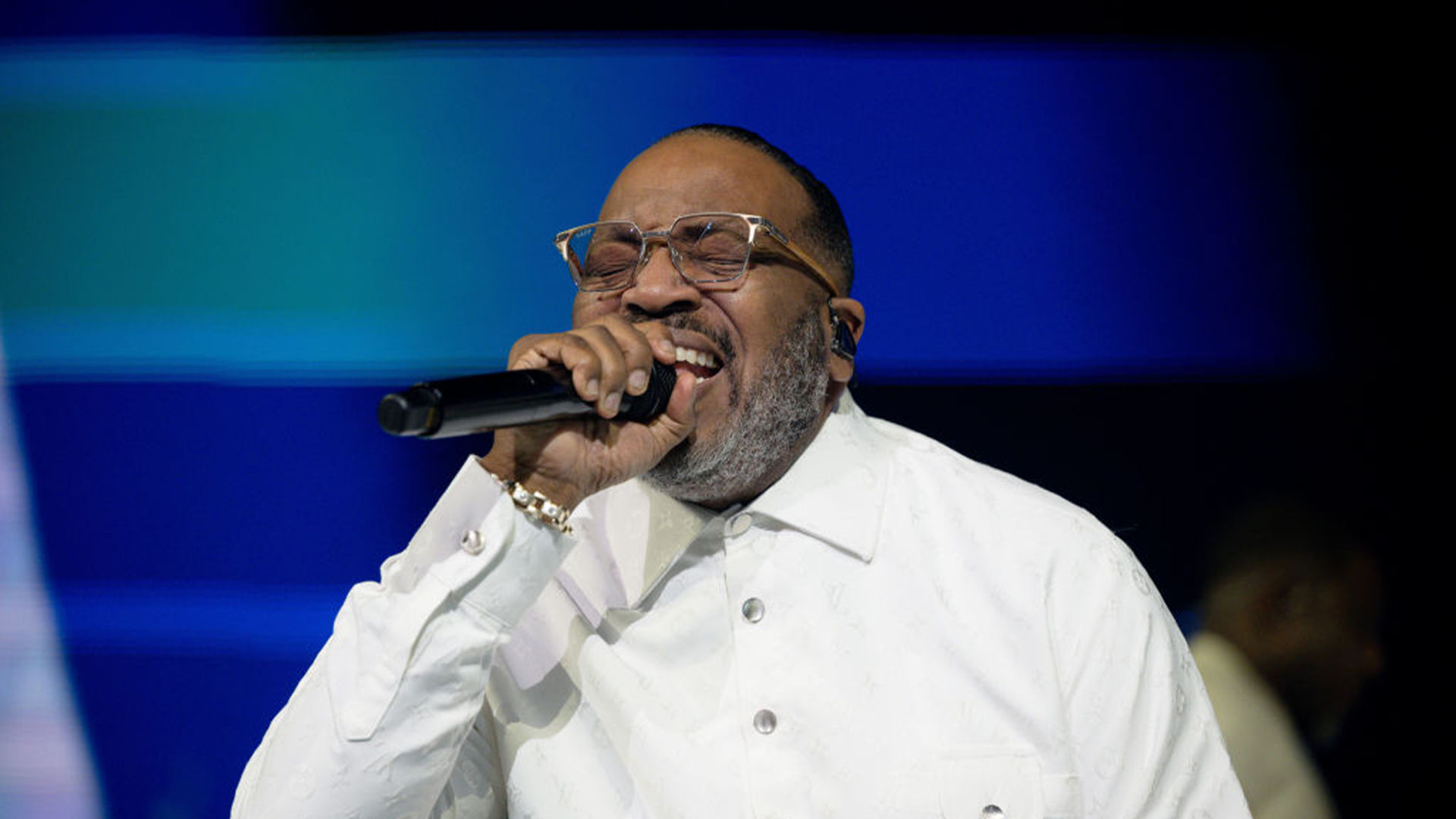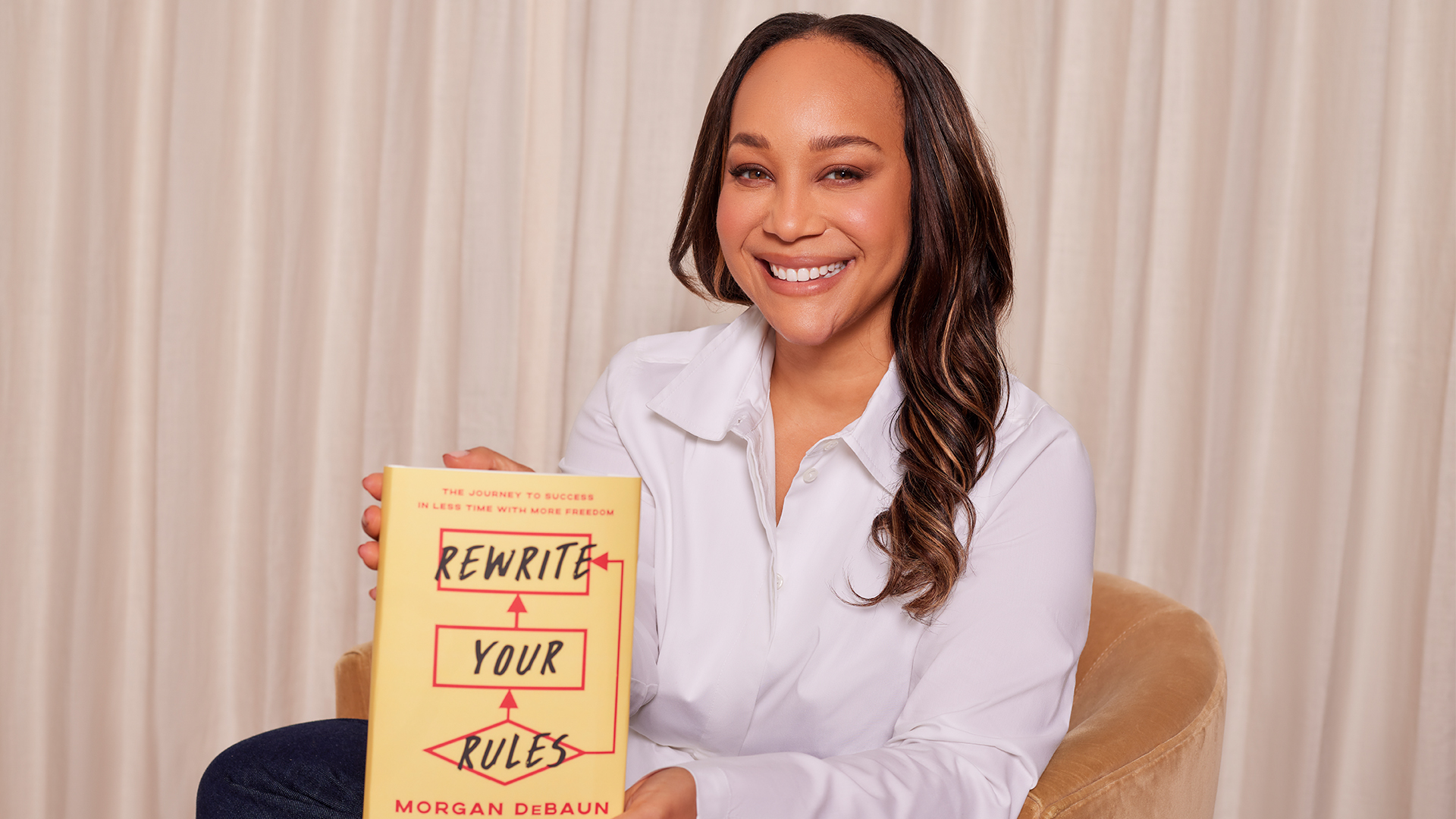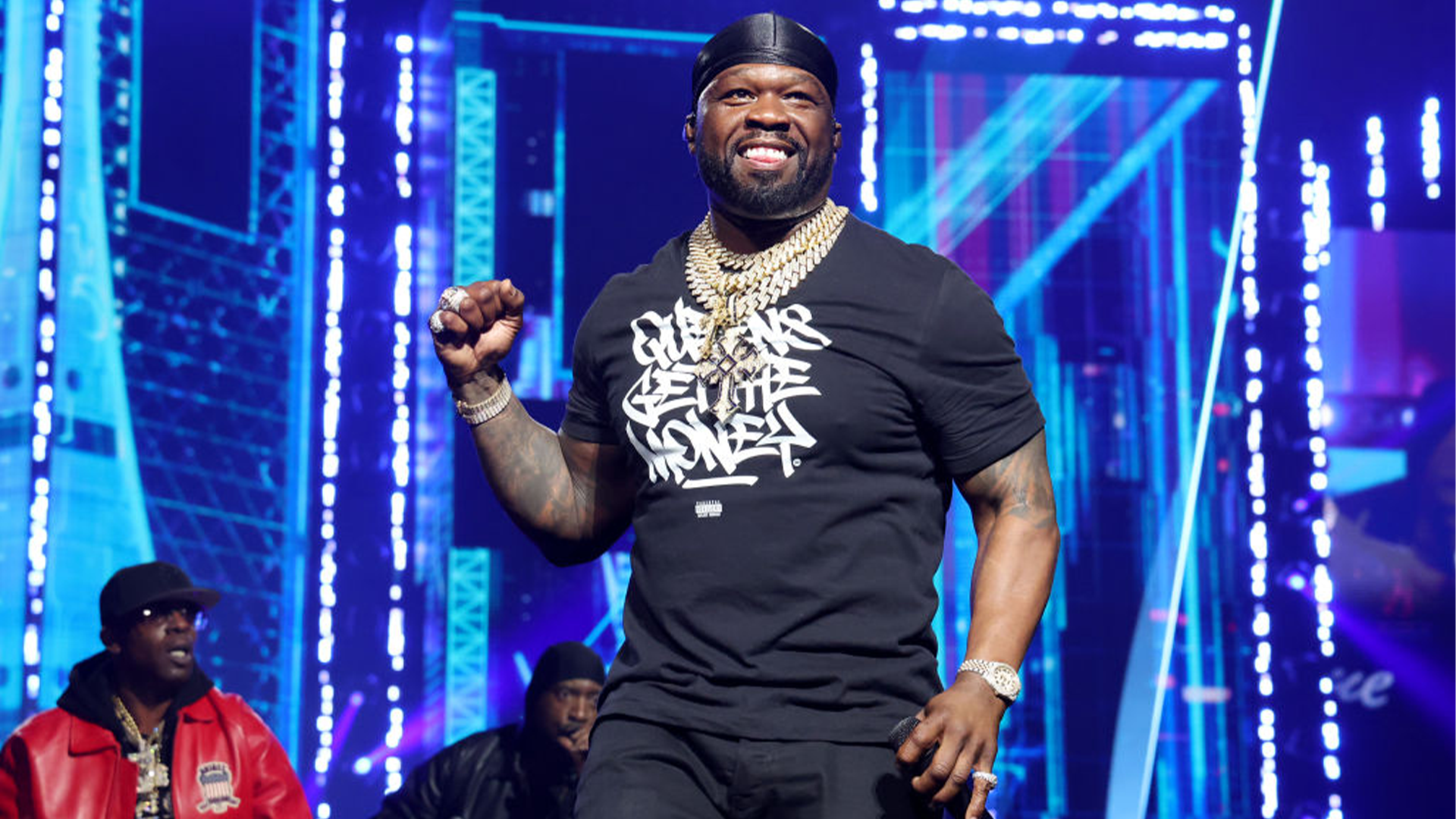When the New England Patriots inked Stefon Diggs to a four-year, $69 million deal, $25 million of it guaranteed, it didn’t just make headlines; it marked a directional shift. A franchise long defined by systematic precision and conservative spending is finally reaching a new identity: one shaped around adaptability, controlled risk, and cultural recalibration.
Betting On Diggs Production In A Post-Prime Window
Diggs is 31 years old, and he’s coming off a torn ACL that sidelined him in Week 8 of the 2024 season. And yet, his numbers from those eight games with the Houston Texans weren’t symbolic—they were substantial. According to ESPN, he tallied 47 receptions for 496 yards and three touchdowns, ranking seventh in total receptions at the time and averaging 62.0 yards per game. C.J. Stroud posted a 104 passer rating and a 73% completion rate when targeting him, evidence of Diggs’ continued ability to elevate a quarterback’s efficiency.
Even if the explosiveness has dulled slightly, the mechanics haven’t. He spent 52.8% of his snaps in the slot last season, transforming from an outside burner into a highly effective interior technician—valuable real estate for a young quarterback, particularly the New England Patriots rookie QB Drake Maye, who is still learning how to diagnose coverages and make quick throws under pressure, MSNBC Sports Boston noted.
A Market Move, Not a Sentimental One
New England’s pursuit of wide receiver help wasn’t incidental—it was urgent. They missed on wide receiver Chris Godwin despite offering more than Tampa Bay, his current team. They considered Seattle Seahawks superstar DK Metcalf, who landed with the Pittsburgh Steelers, but understood he wouldn’t commit long-term. When those targets fell through, Diggs became the pivot —perhaps the pivot they needed all along.
Critics questioned the price tag, but executives within the league acknowledged that the Patriots paid more than expected because they had to. Their receiving corps was, statistically and experientially, one of the league’s least effective. DeMario Douglas led the team in catches per game last season with just 3.9, and Kayshon Boutte topped the depth chart in yardage per game at 39.3. By contrast, Diggs was on pace for his seventh consecutive 1,000-yard season before his injury.
The Role Of Culture And Continuity
Head coach Mike Vrabel has made it clear: talent matters, but so does temperament. Diggs has moved teams three times in his career, and each stop has come with its own narrative. Yet, through it all, former coaches and teammates have largely praised his preparation, professionalism, and desire to win. One Houston staffer said, “He got along with people well… He was a good teammate and worked hard. No noticeable issues,” Yahoo Sports reported.
The Patriots are not entering this relationship blindly. New England’s wide receivers coach, Todd Downing, was with Diggs in Minnesota, and Ben McDaniels, brother of offensive coordinator Josh McDaniels, coached him in Houston. This institutional familiarity minimizes the typical onboarding risk associated with high-profile free-agent signings.
The Strategy Behind The Scheme
Diggs doesn’t just bring stats—he brings structure. His route discipline, spatial awareness, and timing are precisely what a quarterback like Maye needs to develop in his second year. With Diggs drawing attention between the numbers, the Patriots’ younger receivers—Douglas, Boutte, and Ja’Lynn Polk—will likely find more freedom and more manageable assignments.
If the team does land a high-upside wideout like Travis Hunter in the 2025 NFL Draft, Diggs’ presence becomes even more valuable. He’s not just a No. 1 option; he’s a blueprint, especially for a young receiver adjusting to the NFL’s speed and complexity.
Diggs’ Brand Equity And Off-The-Field Leverage
Diggs’ value isn’t confined to game days. According to Forbes, he earns approximately $2.5 million per year through endorsements, representing a brand portfolio that includes Nike, Marvel Entertainment, Beats Electronics, Old Spice, Activision Blizzard, IBM, Verizon Communications, Unilever, Dick’s Sporting Goods, and more. In a post-Brady era, where New England is fighting to regain cultural and marketing relevance, Diggs brings both visibility and generational cachet.
He’s among the few NFL players whose image transcends the field without relying on caricature. His brand is performance-driven and fashion-forward—two traits that resonate with younger fans and corporate partners alike. His arrival gives the Patriots not only a playmaker but a profile boost in a league increasingly driven by digital presence and cultural resonance.
